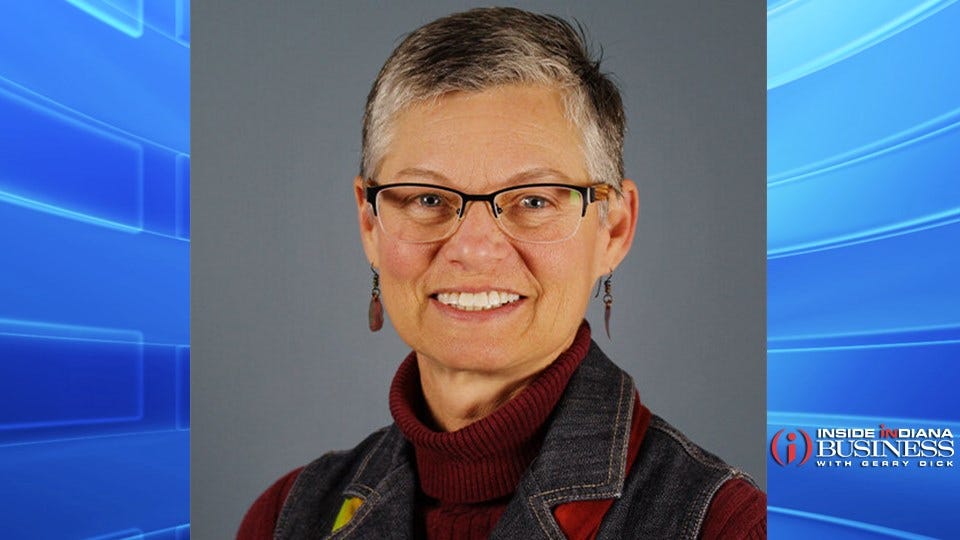Telehealth Isn’t a Band-Aid for Pandemic; It’s the Future of Healthcare

Subscriber Benefit
As a subscriber you can listen to articles at work, in the car, or while you work out. Subscribe NowIt is estimated that prior to the COVID-19 pandemic, less than 10% of Americans ever had a telemedicine visit. Even those who’d experienced one likely talked to a doctor or nurse over the phone, struggling to describe their health issue.
The COVID-19 pandemic has upended this reality as people sheltering in place have refrained from seeking healthcare unless their situation was dire. Many “elective” medical procedures have been delayed, causing breathtaking drops in revenue by hospital systems.
As a result people have turned to telehealth appointments with renewed interest. This refers to care provided by a healthcare professional in a non-in-person encounter such as a phone call, email, text or video.
At first, patients may have done so reluctantly, just as doctors, nurses and behavioral therapists might have hesitated to practice healthcare this way. However, people on both ends of the equation are finding themselves embracing this model — so long as they can see one another face-to-face via a video meeting.
Aspire Indiana Health found itself uniquely situated to respond quickly and decisively to this crisis due to a major technology upgrade initiated several years ago. It allowed us to rapidly disperse our workforce from six health clinics to nearly 600 different workplaces (usually the employee’s home) equipped with a video-capable laptop accessing information securely through Google Cloud.
Prior to the pandemic, Aspire conducted an average of seven video appointments per day. Within two business days of Indiana’s shelter-in-place order, we had increased that to 400 per day. Within a week it was 500 per day, and after 10 business days we averaged 725 daily video appointments.
After two months of doing business and serving more than 5,000 unique patients this way, what we’ve found is that not only is this model sustainable, in some ways it’s preferable — particularly on the mental health side.
At-risk Hoosiers who found it difficult to make it to their therapy appointments — due to commingled challenges of employment, housing, transportation and other social determinants of health — were suddenly showing up to video appointments on time, all the time. People with substance use disorder (SUD) found they could hold group support meetings virtually rather than get together in person.
It’s still early, but the data we’re collecting tells us that once people get over the initial disruption of seeing a healthcare professional via video, their health care outcomes and satisfaction levels meet or even exceed those pre-COVID.
I can say with confidence the question being asked right now inside many healthcare organizations is not, “How long can we keep this going?” but “Why would we ever go back to the old way of doing things?”
Obviously, in-person visits to the doctor aren’t going away. Particularly on the medical care side, hands-on appointments will still be a necessity. You can’t perform a detailed physical examination via video, draw blood for lab tests or take an X-ray or MRI.
But the potential exists to divert some basic medical appointments to telehealth, or begin the process of investigating a health issue via video appointment to determine if and when a live visit becomes necessary. This is how Aspire has handled much of our primary care during the pandemic, only bringing a patient into one of our health clinics after a doctor or nurse practitioner determines it essential to treat them.
We are standing at the threshold of a true paradigm shift, as often occurs with large-scale crises. Forrester Research says we could top 1 billion telemedicine visits by year’s end.
To get where we want to go, it is going to require some changes in our thinking and processes — by providers, our patients and the governmental agencies who oversee healthcare.
For starters, we’re going to have to agree what to call it. “Telehealth” and “telemedicine” have been bandied around for awhile, but even they are already antiquated because of the implication it’s only a voice phone call, which allows for much more limited interaction than video.
“Video appointment” and “online doctor appointment” have the benefit of simplicity and clarity, so they might be good terms to adopt.
Another challenge is how online health appointments are recognized and reimbursed by insurers, both public and private. Medicare has different rules and rates for ‘telehealth’ versus ‘telemedicine.’ Medicaid, private insurers and governmental agencies on the state or national level use various terminology, and a number of for-profit companies have trademarked their own product names.
Whatever we call it, it’s clear that video appointments and other telehealth models aren’t just a Band-Aid for pandemics, but represent the future of healthcare.
Aspire Indiana Health is a nonprofit, fully integrated healthcare provider with clinics in Marion, Hamilton, Boone and Madison counties.

